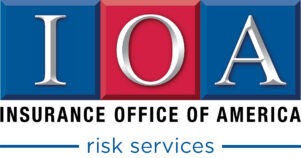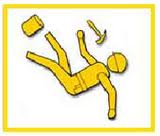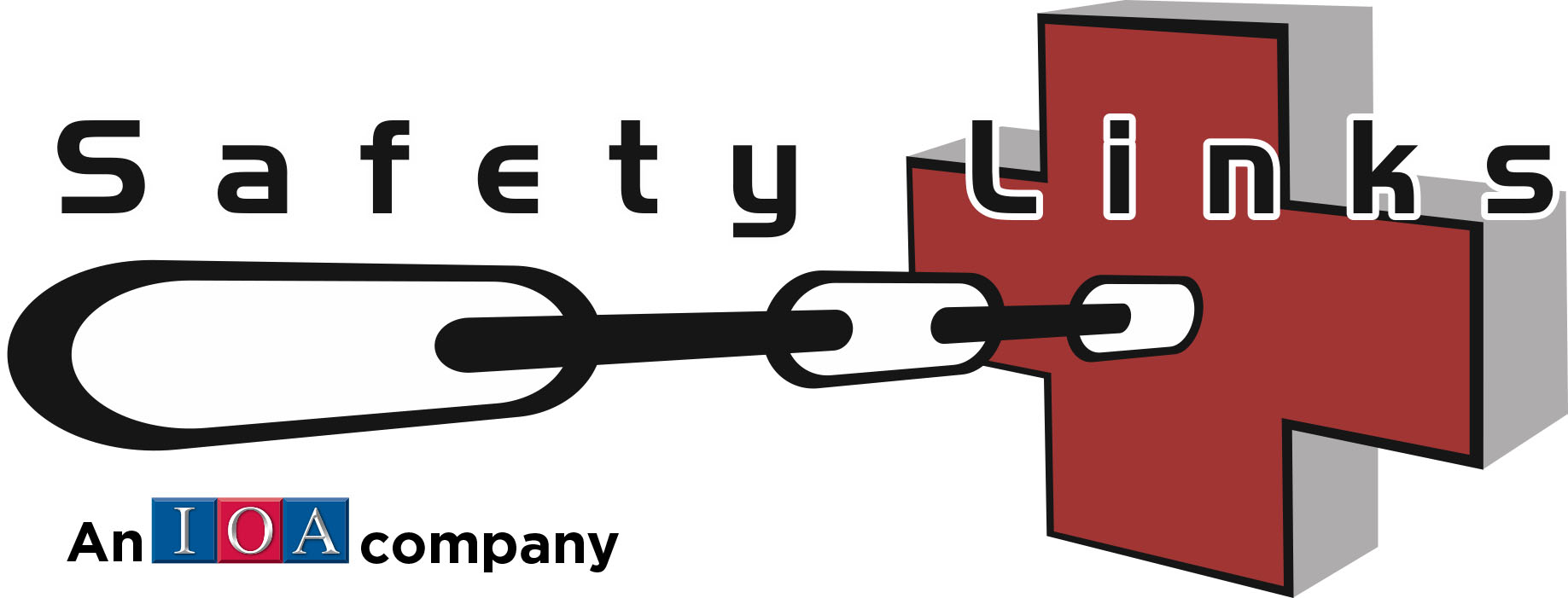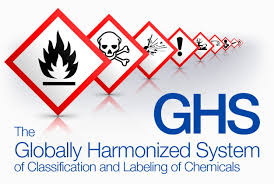OSHA schedules meeting of the Advisory Committee on Construction Safety and Health
WASHINGTON – The Occupational Safety and Health Administration will hold a meeting of the Advisory Committee on Construction Safety and Health May 7-8, 2014, in Washington, D.C. Work groups will meet May 7 and the full committee will meet May 8.
ACCSH, established under the Contract Work Hours and Safety Standards Act and the Occupational Safety and Health Act of 1970, advises the secretary of labor and assistant secretary of labor for occupational safety and health on construction standards and policy matters.
The full committee agenda includes remarks from Dr. David Michaels, assistant secretary of labor for occupational safety and health, updates on rulemaking projects from OSHA's Directorate of Construction, discussion on the proposed rule on Beryllium: Alternatives for Construction and on updates to OSHA's standard on eye and face protection in construction and proposed amendments and corrections to OSHA's Cranes and Derricks standards. In addition, the committee will discuss items from the proposed Standards Improvement Project IV and a presentation on 29 CFR 1926, Subpart V, Power Transmission and Distribution.
Work groups and the full committee will meet in Room N-3437 A-C, U.S. Department of Labor, 200 Constitution Ave., N.W., Washington, DC 20210.The following work groups will meet May 7: Health Hazards, Emerging Issues, and Prevention through Design from 10 a.m. - noon; Temporary Workers from 1-3 p.m.; and Training and Outreach from 3:15-5:15 p.m. The full committee meeting will be held from 9 a.m. – 4 p.m., May 8. All meetings are open to the public.
Comments and requests to speak may be submitted electronically at http://www.regulations.gov, the Federal e-Rulemaking Portal. Comments may also be submitted via mail or facsimile. See the Federal Register notice for details. Comments and requests to speak must be submitted by April 18, 2014.
Under the Occupational Safety and Health Act of 1970, employers are responsible for providing safe and healthful workplaces for their employees. OSHA's role is to ensure these conditions for America's working men and women by setting and enforcing standards, and providing training, education and assistance. For more information, visit www.osha.gov.
###
To view the original press release, visit https://www.osha.gov/pls/oshaweb/owadisp.show_document?p_table=NEWS_RELEASES&p_id=25824


 WASHINGTON – The U.S. Labor Department's Occupational Safety and Health Administration today announced a national safety stand-down from June 2 to 6 to raise awareness among employers and workers about the hazards of falls, which account for the highest number of deaths in the construction industry.
WASHINGTON – The U.S. Labor Department's Occupational Safety and Health Administration today announced a national safety stand-down from June 2 to 6 to raise awareness among employers and workers about the hazards of falls, which account for the highest number of deaths in the construction industry.


 Many times, the cause of the incident is not completely obvious. During an incident investigation it is imperative that all employees assist the investigator as he or she conducts the investigation. This can be difficult and/or embarrassing for some so it is important to remind and reassure them that the ultimate goal of the investigation is to create a safer workplace for everyone. The goal of the investigation is not to assign blame, but rather keep the incident from occurring again.
Many times, the cause of the incident is not completely obvious. During an incident investigation it is imperative that all employees assist the investigator as he or she conducts the investigation. This can be difficult and/or embarrassing for some so it is important to remind and reassure them that the ultimate goal of the investigation is to create a safer workplace for everyone. The goal of the investigation is not to assign blame, but rather keep the incident from occurring again.
 Why all the fuss? The GHS is basically an international attempt to get everyone on the same page. The United Nations realized that many countries already have/had regulatory systems in place for classification, labeling, etc.; however the differences are significant enough to require multiple classifications, labels, and safety data sheets for the same product. Multiple classifications can lead to inconsistent protection for users as well as extensive regulatory burdens on chemical companies. The hope is that every country will incorporate the GHS elements into their own chemical management systems with the goal of making the international sale and transportation of hazardous chemicals easier, as well as making workplace conditions safer for all employees exposed to chemical hazards.
Why all the fuss? The GHS is basically an international attempt to get everyone on the same page. The United Nations realized that many countries already have/had regulatory systems in place for classification, labeling, etc.; however the differences are significant enough to require multiple classifications, labels, and safety data sheets for the same product. Multiple classifications can lead to inconsistent protection for users as well as extensive regulatory burdens on chemical companies. The hope is that every country will incorporate the GHS elements into their own chemical management systems with the goal of making the international sale and transportation of hazardous chemicals easier, as well as making workplace conditions safer for all employees exposed to chemical hazards.